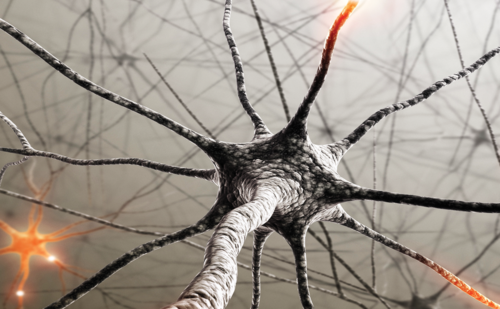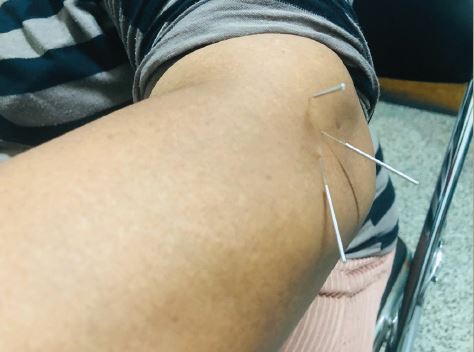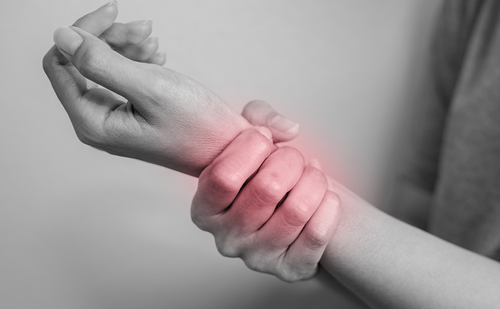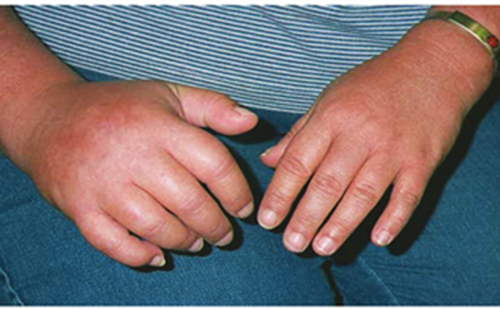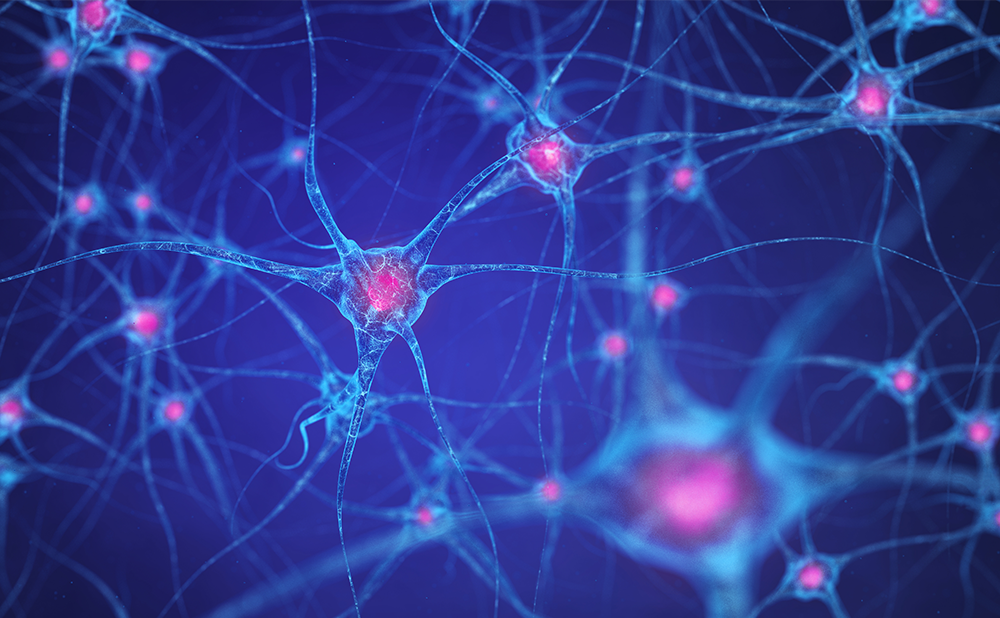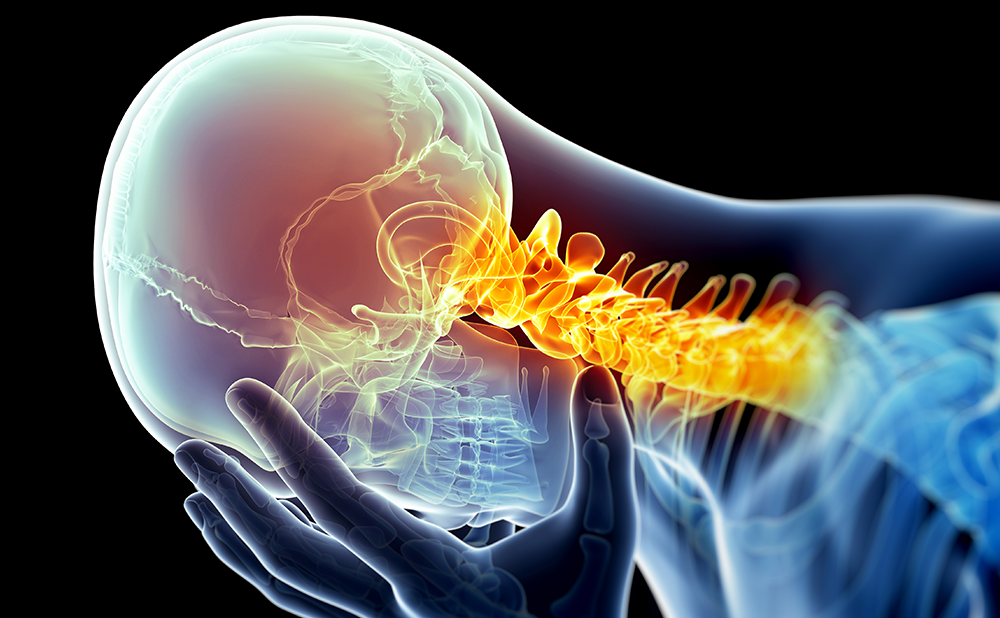Abstract
Over the last two decades, electrical neuromodulation has become a dominant approach in surgical treatment of medically refractory neuropathic pain, essentially eclipsing multiple available neuroablative procedures. Among different types of neuromodulation, peripheral nerve stimulation (PNS) holds the unique position of being the least invasive – and at the same time the least established in terms of scientific evidence and regulatory approvals. However, it is now gaining tremendous momentum in terms of accumulation of clinical experience and development of new indications. As a matter of fact, recent European approval of PNS for treatment of chronic lower back pain and intractable migraine headaches is expected to add legitimacy and marketing support to the entire field of PNS. This article provides an overview of PNS history, reviews current thoughts regarding its mechanism of action, summarises common indications, clinical outcomes, technical procedural details and complications, and suggests future directions for PNS development. It appears that PNS today is the most rapidly growing field of neuromodulation – and that does not come as a surprise, considering its potential for treatment of very prevalent and hard-to-treat conditions, such as back pain and headaches. From the point of view of a practising neurologist, PNS presents an attractive pain managementoption that combines a high level of efficacy and reproducibility of results with low invasiveness and minimal morbidity. As the worldwide experience with PNS continues to grow, one may expect to see it becoming a widely accepted treatment approach in a variety of clinical conditions.
To view the full article in PDF or eBook formats, please click on the icons above.

